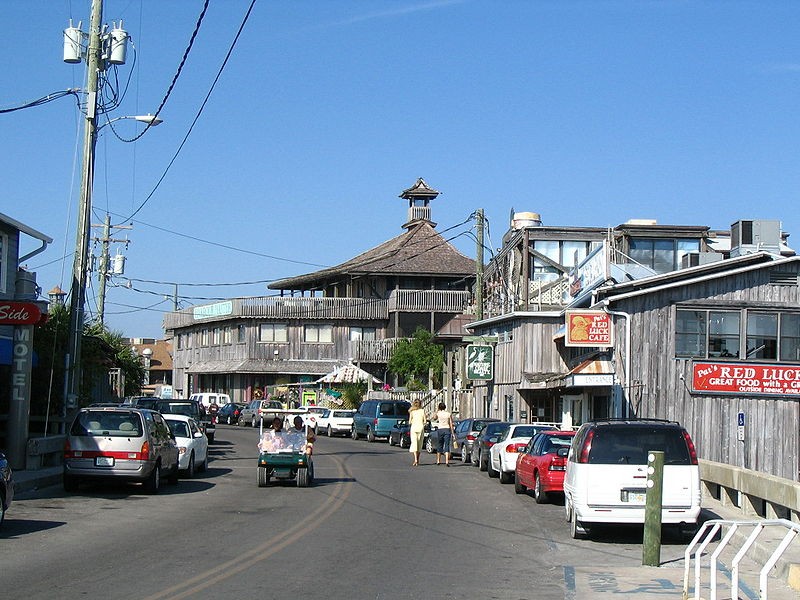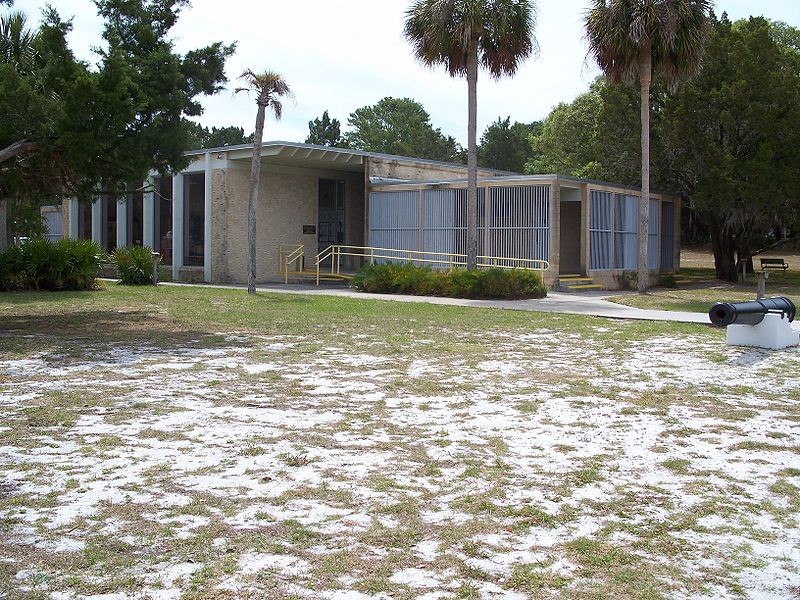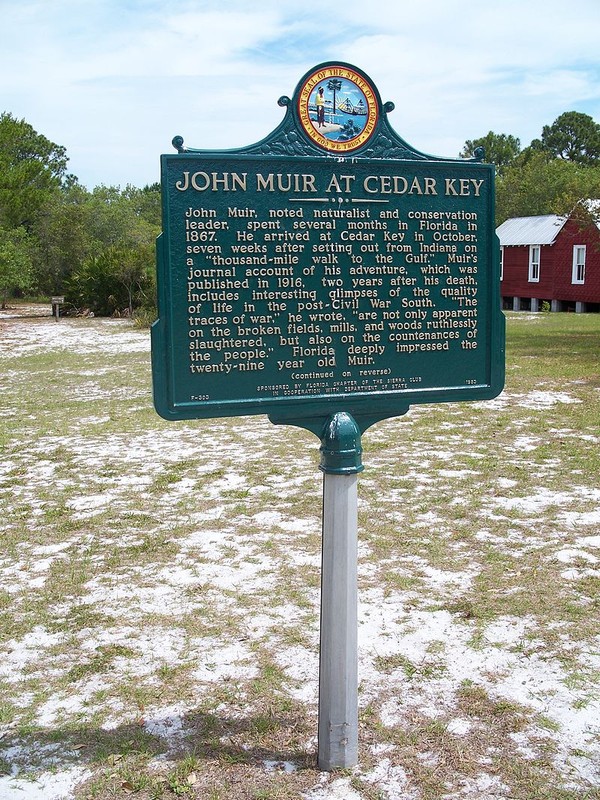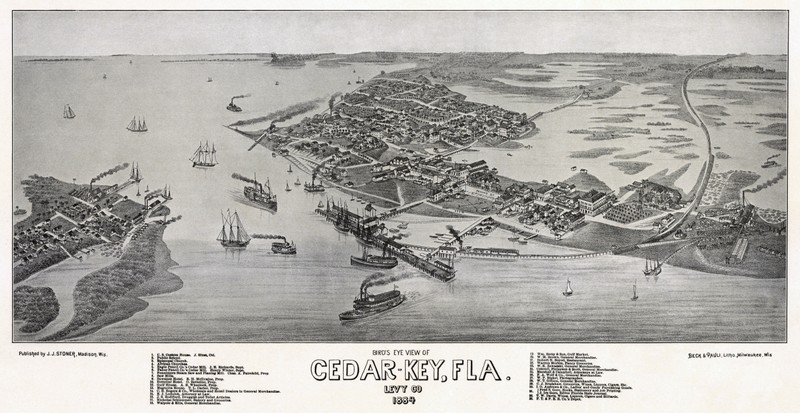Cedar Key Historic and Archaeological District
Introduction
Text-to-speech Audio
Images
Cedar Key Historic District

Cedar Key Museum building

Historic Marker that commenorates John Muir's visit

1884 map of Cedar Key

Backstory and Context
Text-to-speech Audio
History of Cedar Key
The importance of the Cedar Key area goes back to around 500 BC, and according to archaeologists, Native American societies of the Deptford
Cedar Key was part of the Spanish exploration in the early 16th century, as maps of Cedar Key have been found that date back to 1542, when the island was labeled as Las Islas Sabines. Habitation was quite slim within the next few centuries, as the islands were mostly used by both merchant ships as well as pirates. Some of the most infamous pirates thought to have used Cedar Key included Jean Lafitte as well as Captain Kidd.
European colonization came to the keys following William Augustus Bowles's successfully completion of a watchtower on the island in 1801. Bowles was infamous for pursuing a separate American Indian state and for forming a short-lived state known as the State of Muskogee, from which he declared war on Spain. Due to this adversarial relationship between himself and Spain, the Spanish destroyed his watchtower in 1802.
The first true settlement on Cedar Key began in 1839, following General Zachary Taylor’s construction of Fort No. 4
Development finally took off in the Reconstruction Era, as railroad traffic resumed and commerce grew. By 1869, the incorporated Town of Cedar Key boasted a population of 400. Fishing, sponge-collecting, pencil manufacturing (from the namesake cedar trees on the island) and oystering dominated the local economy; however, the oyster beds soon became exhausted at the beginning of the 20-century. To protect the area, President Hoover established the Cedar Key National Wildlife Refuge in 1929. Today, tourism of the Cedar Key Historic District is a strong economic driver of the area, providing visitors with an interesting view into the colorful and
Cedar Key Museum State Park
The Cedar Key Museum State Park showcases items of historical significance collected by Saint Clair Whitman, who was a local resident from the late 19th-century until the early 20th-century. The museum was first an informal affair, held in Whitman’s home and featuring collections of
John Muir Historic Marker
Also at the Cedar Key Museum State Park is the "John Muir at Cedar Key" historical marker. In fact, Cedar Key was John Muir’s ending destination during his famed walk from Kentucky to Florida. He arrived in Cedar Key in 1867, where he contracted malaria working at a local sawmill. He was nursed back to health in the house of the mill owner’s superintendent, and he would then sail to Cuba in 1868 before making his famed travels to the Sierra. 1
